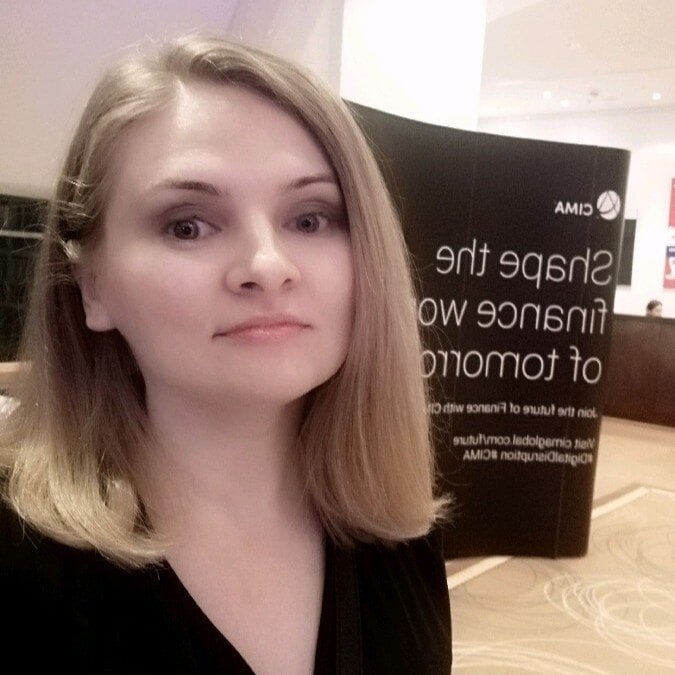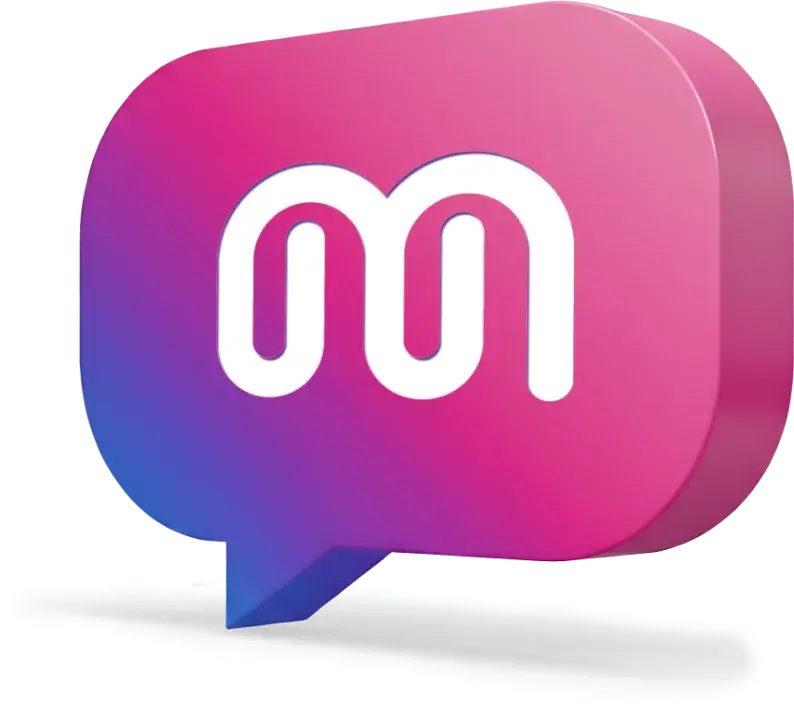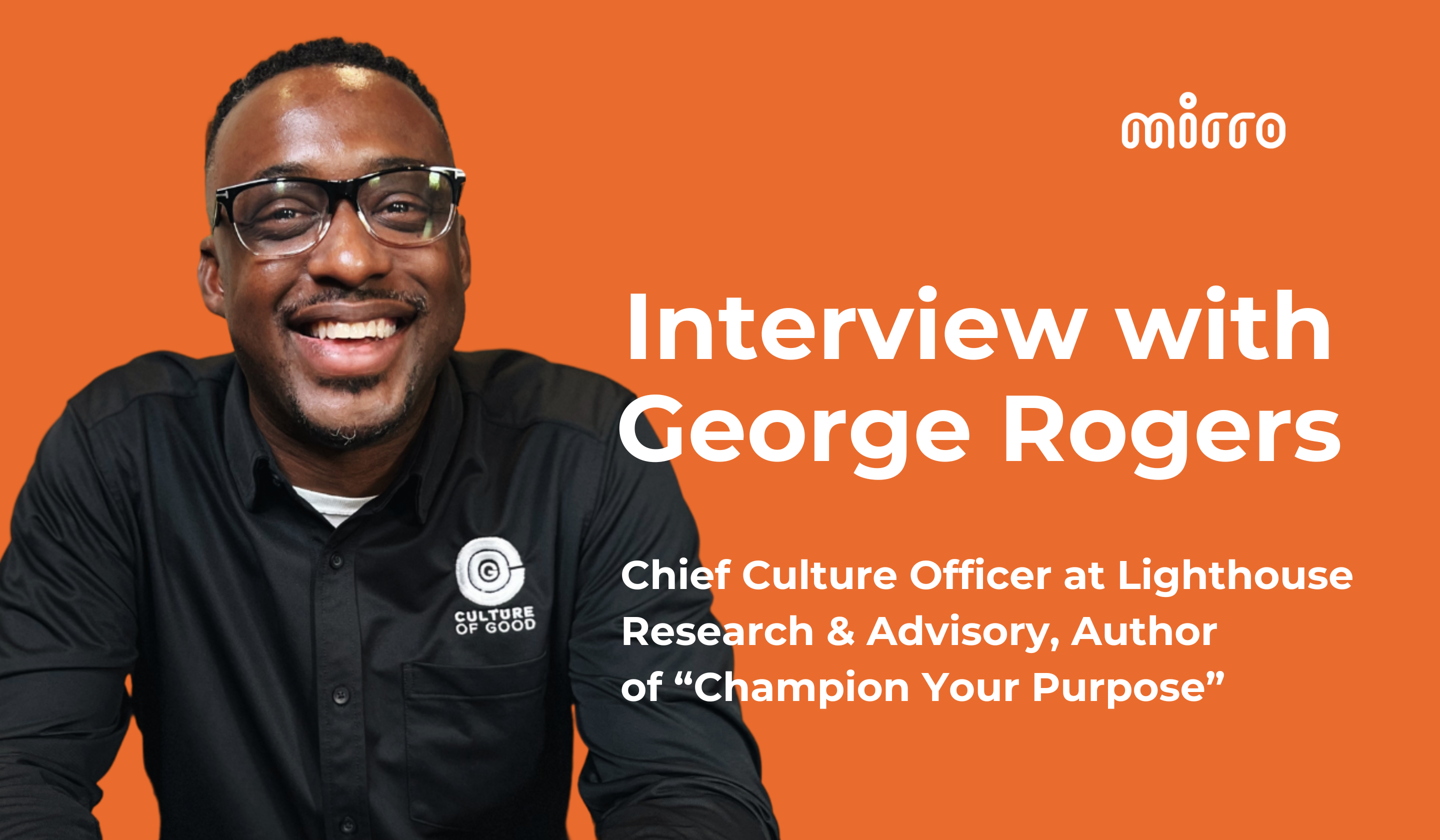SECTION
Positive Work Environment: Strategies for Engagement and Growth from HR Leaders

Listen to this article:
Creating a positive work environment is more than just encouraging strong communities; it is a dynamic ecosystem where diversity, inclusion, and belonging meet and thrive. When people feel they are an integral part of their organization, they are more engaged, motivated, and committed to their work.
GoodPlaceToWork said that diversity means being invited to the party, inclusion means being asked to dance, and belonging means dancing freely because you feel comfortable being yourself. This sense of belonging is not just a nice-to-have but a critical component of a productive, innovative, and positive workplace.
In this blog post, we will explore the profound business impact of creating a positive work environment. We will share insights and quotes from HR executives, real-world examples, and practical tips on fostering a sense of belonging in your organization.
The business impact of a positive work environment
A positive work environment is essential for any organization's success and growth in today's business landscape. This success hinges on companies' ability to attract and retain top talent, and strong communities play a huge role in doing just that.
In fact, studies show that organizations that build a strong sense of belonging are five times more likely to attract people who want to stay with them for a long period of time. Moreover, belonging encourages honest relationships, open communication, and commitment to the company's objectives.
To get beyond these well-known benefits, we talked with HR experts to find out their thoughts on the impact of positive work environments and strong communities on business performance. This is what they had to say:
For Mihaela Rădoi, Regional People Partner at Bolt, open communication and constructive feedback can lead to better problem-solving and personal growth, which are core elements of a positive workplace. This approach enhances employee engagement and encourages mutual respect within the organization. Ultimately, people who feel heard and valued are more likely to be invested in their work and contribute to the company's success.

Danusia Jugastreanu, Head of HR – EU region at R Systems, ties communities with well-being and supports the idea that organizations should promote a healthy work-life balance to build a positive environment. Companies can improve employee satisfaction and boost productivity and retention by offering flexible work arrangements and a comprehensive wellness program. This is why people-centric companies strike to create cultures where skills and work are valued as much as the people who bring them along.

Estera Anghelescu, Recruiting and Employer Branding Director at Kaufland shared with us how the company has made its diversity and inclusion values a reality. The impact of their DE&I program was transformative: Kaufland not only managed to create a thriving and positive culture where everyone feels included, but they hired over 500 people with disabilities, adapted 21 cash registers in Kaufland stores across Romania for our colleagues in wheelchairs, and opened other 500 positions across their stores, logistics centers and headquarters, ensuring inclusion at all levels.

💡 Continue reading: Your Guide to Building Community At Work
Real-world examples and tips from HR experts
Building a positive work environment involves implementing various programs and initiatives that foster strong communities, employee engagement, collaboration, and personal growth. Here are some real-world examples and tips from HR executives who have successfully cultivated thriving cultures in their organizations:
Corina Făurescu, Booking Holdings Inc.'s Head of People, focuses on building a community around common values like collaboration, diversity, and innovation. The company fosters a sense of belonging and shared purpose by encouraging employees to connect, build relationships, and gather together.

According to Adrian Mînză, HR Manager at FEV Romania, it is important to recognize and nurture employees' passions and interests beyond their job descriptions. FEV Romania empowers employees to bring their authentic selves to work by providing flexible learning and personal development budgets.

Mihaela Rădoi, Regional People Partner at Bolt, highlights the role of fun and friendship in building a thriving company culture. Regular social gatherings strengthen relationships, promote collaboration, and encourage diversity in the workplace.

Marius Ciurariu, HR Director at Provident, shared their initiatives to create diverse opportunities for engagement and learning. Monthly open forums with leadership, large-scale events, and regular social activities provide multiple touchpoints for people to connect, learn, and grow.

Ramona Crețu, Head of People & Development at Profi, highlights the importance of recognizing and appreciating employees’ contributions and continuously measuring engagement levels. Programs that encourage gratitude and regular feedback help maintain a positive work atmosphere and allow the organization to respond promptly to employee needs and concerns.

Veronica Olteanu, HR and Communications Director at Porr Construct, shares the company's approach to tailored teambuilding and celebrations. By tailoring events and festivals to meet the diverse needs of their people, Porr Construct ensures that everyone feels included and valued.

Flavia-Carmen Bucerzan, Country Manager, Employer Branding Communications at Bosch, shared the benefits of a hybrid working environment that is not only collaborative but also inclusive, designed to meet people’s unique needs.

These examples from thought HR leaders demonstrate the diverse ways organizations can build positive work environments. From fostering open HR communication and supporting personal passions to creating engaging social events, these initiatives bring everyone together.
How to measure the impact of your HR initiatives
Measuring the impact of your HR initiatives is crucial to understanding their effectiveness. There are multiple ways to determine your initiatives’ success, such as analyzing data to understand the financial impact, leveraging studies and benchmarks to support these initiatives effectively, or using tools like employee engagement software, which, paired with culture-as-a-service, translates actions into tangible benefits.
For Adrian Mînză, the business impact of community initiatives is determined by monitoring metrics like attrition rate, employee satisfaction, event participation, and social media engagement. Through this analysis, HR leaders can identify trends and correlations that highlight the success of their efforts.

Corina Făurescu, Head of People at Booking Holdings Inc., gave us an example of a metric that can be easily measured by companies of all sizes to demonstrate the business value of community initiatives: employee engagement.

For Veronica Olteanu, on the other hand, it’s essential to balance quantitative data with qualitative feedback. Objective metrics like response rates and satisfaction scores provide clear benchmarks, while subjective ones such as participation in initiatives and internal brand ambassadorship offer deeper insights into the cultural impact of community-building efforts.

Flavia-Carmen Bucerzan, Country Manager, Employer Branding Communications at Bosch, shared the importance of having a feedback-driven culture in measuring the impact of community initiatives. The most effective way to determine the success of your HR actions is to gather feedback from team members and act on it.

By combining these methods, organizations can understand how their initiatives perform. Regularly reviewing these metrics and adapting strategies based on the findings will ensure your people thrive.
Foster success through a positive work environment
We hope that these insights from HR leaders demonstrate that when employees feel a true sense of belonging, they are more committed, motivated, and ready to contribute to the organization’s success.
As you reflect on the strategies and examples from this article, consider how you can strengthen your workplace. Start by evaluating your current initiatives and seeking feedback from your team. You could also consider letting HR tech help you along the way. Mirro’s workplace community & DEI software is the right tool to bring everyone together and make it count.






